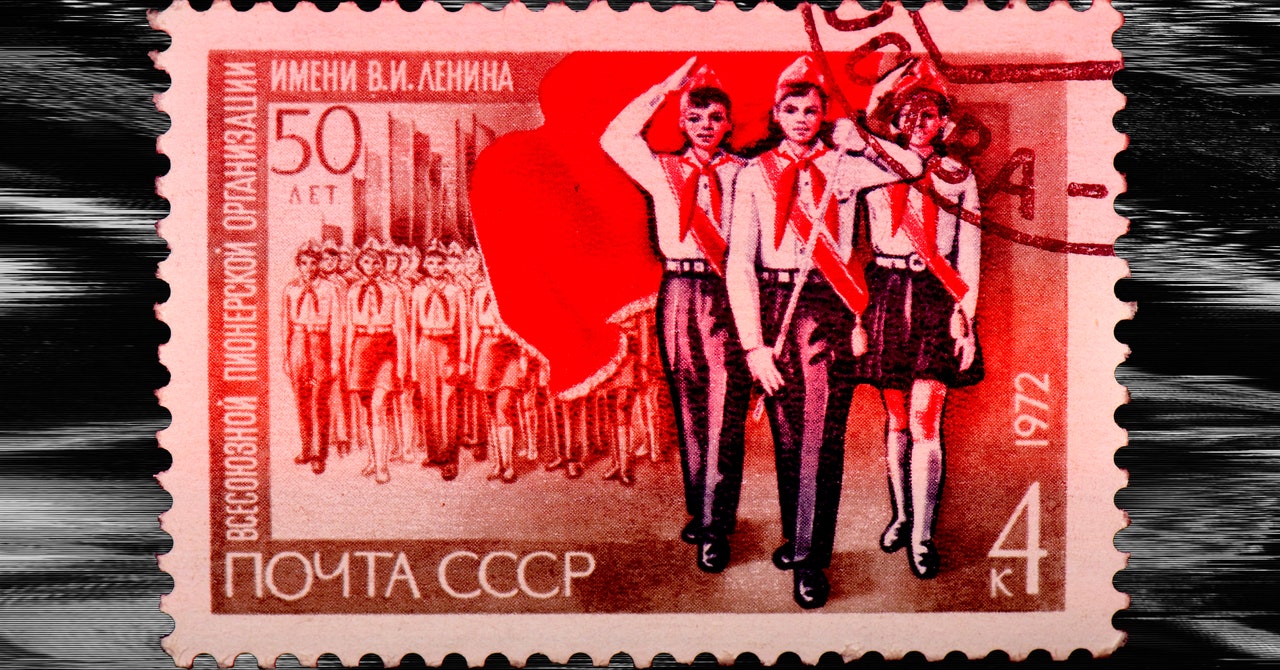In Latin America alone, RTâs channels run 24/7, and reported 18 million viewers in 2018. African Stream, which was also named by the State Department as part of Russian state mediaâs influence architecture and later removed by YouTube and Meta, garnered 460,000 followers on YouTube in the two years it was up and running. And Woolley notes that in these markets, there is likely less competition for viewership than there is in the saturated US media landscape.
â[Russian media] made headway in limited media ecosystems, where its attempts to control public opinion are arguably much more effective,â he says. Russian media particularly hones in on anti-colonial, anti-Western narratives that can feel particularly salient in markets that have been deeply impacted by Western imperialism. The US also has state-funded media that operates in foreign countries, like Voice of America, though according to the organizationâs website, the 1994 U.S. International Broadcasting Act âprohibits interference by any US government official in the objective, independent reporting of news.â
Rubi Bledsoe, a research associate at Center for Strategic and International Studies, says that even with Russian state media removed from some social platforms, its messages are still likely to spread in more covert ways, through influencers and smaller publications with which it has cultivated relationships.
âNot only was Russian media good at hiding that they were a Russian government entity, on the side they would seed some of their stories to local newspapers and local media throughout the region,â she says, noting that the large South American broadcasting corporation TeleSur would sometimes partner with RT. (Other times, Russia will back local outlets like Cameroonâs Afrique Média). âAll of these secondary and tertiary news outlets are a lot smaller, but can talk to parts of the local population,â she says.
Russian media has also helped cultivate local influencers who often align with its messaging. Bledsoe points to Inna Afinogenova, a Russian Spanish-language broadcaster who previously worked for RT but now has her own independent YouTube channel where she has more than 480,000 followers. (Afinogenova left RT after saying she disagreed with the war in Ukraine).
And Bledsoe says that the ban from the US might actually be a boon for Russian media in the parts of the world where itâs actively trying to cultivate its image as a trusted media brand. âThe narratives that were shared through RT and other Russian media and in Iranian media as well, it’s a kind of anti-imperialist dig at the West, and the US,â she says. âSaying the US is the driving force behind this international system and theyâre plotting, and theyâre out to get you, to impose on other countriesâ sovereignty.â
Though Meta was a key avenue for the spread of Russian state media content, it still has a home on other platforms. RT does not appear to have a verified TikTok account, but accounts that exclusively post RT content, like @russian_news_ and @russiatodayfrance have tens of thousands of followers on the app. African Streamâs TikTok is still live with nearly 1 million followers. TikTok spokesperson Jamie Favazza referred WIRED to the companyâs policies on election-related mis- and disinformation.
A post on X on from RTâs account on September 18, the day after the ban linked to its accounts on platforms like right-wing video sharing platform Rumble, X, and Russian YouTube alternative VK. (RT has 3.2 million followers on X and 125,000 on Rumble). âMeta can ban us all it wants,â the post read. âBut you can always find us here.â X did not respond to a request for comment.

